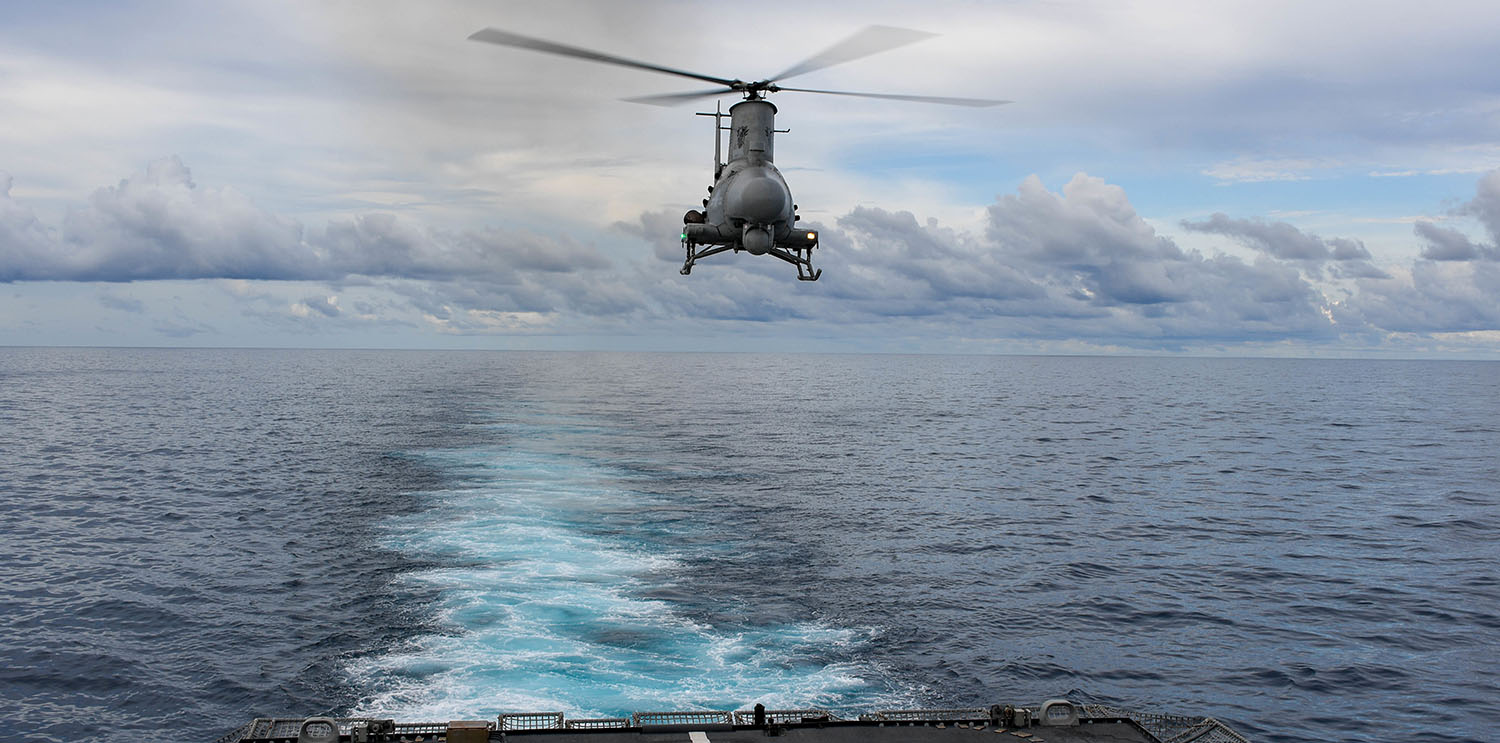The new US government is in the process of defining its own priorities in planning for the navy. Priorities have already been set.
The new fleet structure plan for the US Navy presented towards the end of the Trump presidency has been shelved for the time being. The Biden administration will now conduct its own analysis of the optimal size and organisation of the American naval forces. This was stated by the Secretary of Defence (still nominated at the time), retired Army General Lloyd Austin, on 19 January during his confirmation hearing before the Senate.
However, this does not mean that the armed forces can or should remain idle in the meantime. Navy Chief of Staff Admiral Michael Gilday therefore presented a new "Navigation Plan" (Navplan) on 11 January, which, regardless of individual procurement programmes, sets fundamental priorities to strengthen operational capability. The main objective is to orientate the naval forces towards a potential conflict with Russia or China. These two rivals must be prevented from gaining supremacy at sea. The next ten years will be decisive in this respect, explained Gilday. "If we lose sight of the essentials, the resulting setbacks may be irreparable in the course of the century," warned the admiral. Gilday has set several priorities in order to increase offensive and defensive combat strength and readiness.

From personnel to fleet structure
With regard to personnel development, Gilday mentions two intentions. On the one hand - in view of current complaints about racism or gender-based discrimination - any remaining form of discrimination within the military is to be eliminated. On the other hand, training is to be continuously adapted to the latest technological and operational developments. Among other things, ship crews should be proficient in the use of unmanned systems by the end of the .
Ships, aircraft and equipment must be maintained better and faster in order to increase the operational share of the fleet. To achieve this, the maintenance facilities and depots themselves must also be repaired, modernised and expanded.
In future, the Navy is to concentrate on the two core tasks of naval supremacy and power projection. Secondary tasks that detract from this are to be discarded. Among other things, Gilday wants to hand over the operation of the land-based Aegis offshore missile defence sites to the Army. However, the US Army has so far shown no willingness to take over the operation of the facilities located in Poland and Romania.
Navplan emphasises the need for interoperation with like-minded allies and partners. Gilday deliberately uses the term operate interchangeably. In this context, "interchangeable" means the goal of complete integration into joint naval formations. A practical current example is the deployment of the British aircraft carrier HMS Queen Elizabeth with a US Marine Corps flying squadron and an American destroyer as an escort ship planned for this year. "Our robust constellation of allies and partners continues to represent a significant strategic advantage" for the US, the paper states. Within the US armed forces, too, closer operational integration of the Navy, Marine Corps and Coast Guard on the one hand and the naval forces and other TSK on the other is required to ensure an effective operational strategy against highly armed opponents in wide-ranging operational areas. This interoperability is to be consolidated through additional joint large-scale exercises.
Offensive and defensive combat effectiveness is to be ensured through the rapid integration of new technologies, including in the areas of electronic warfare and cyber warfare, directed energy weapons to combat cruise missiles, artificial intelligence for the autonomous guidance of unmanned systems, high-performance and interference-proof data and communications networks and hypersonic weapons for engaging land and sea targets.
Fleet structure and equipment must be viewed holistically. In order to free up resources and personnel for the procurement and deployment of new equipment, maintenance-intensive and obsolete equipment that only makes a limited contribution to the fleet's combat effectiveness must be rigorously decommissioned. Gilday specifically cites Ticonderoga cruisers, older dock landing ships and the four oldest LCS units, which are used exclusively for experimental purposes due to structural deficiencies.
In principle, the number of units is to be increased in order to keep pace with the expanding Russian and, above all, Chinese fleets. However, the composition and overall performance of the fleet is more important than the sheer number of ships. Gilday explicitly emphasises the value of nuclear-powered aircraft carriers and capital ships, which can carry an extensive and diverse offensive arsenal. However, the proportion of large combat ships in the fleet is to be reduced in favour of a larger number of small but combat-strong ships that can operate in a decentralised but coordinated manner within the operational area. The number of fighter submarines and unmanned systems is to be increased so that they can also operate within the enemy's defence zone.
Procurement programmes should be implemented quickly, but not hastily. "This is a very targeted approach," explained Gilday. "I'm more concerned with doing it right rather than doing it quickly." He also warned against committing to a specific target size. The optimal fleet size will be reviewed annually in light of developments in the global security environment and procurement planning will be adjusted accordingly.
Fiscal discipline will be an important prerequisite for fleet expansion and modernisation in the future. Only nominal increases in the defence budget are expected over the next few years. "We cannot afford cost overruns," warned Gilday. "New systems must be delivered on time and on budget and perform as required from the outset."
Text: Sidney E. Dean; Photos: US Navy










